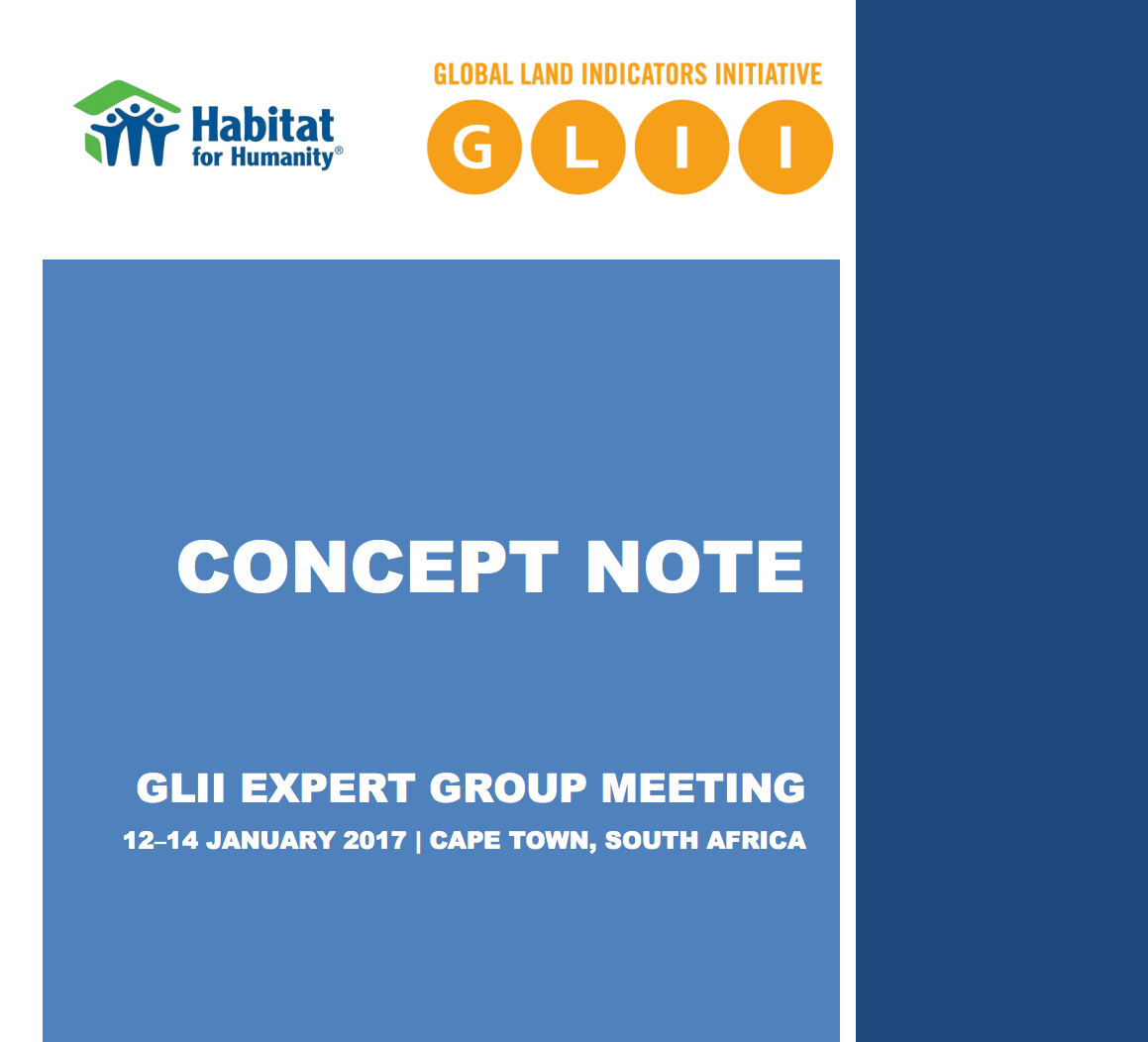The inclusion of land in the SDGs is a significant achievement of the GLII platform and the fruit of close collaboration with other networks like Global Donor Working Group on Land. The adoption of the Global Indicators Framework for SDGs in March 2016 and the role of UN-Habitat and World Bank as co-custodian agencies for indicator 1.4.2 addressing tenure security; FAO in collaboration with UN Women as custodian agency for indicators 5.a.1 and 5.a.2 addressing ownership of agricultural land, and legal provisions that secure land rights respectively; and UN Habitat as custodian agency for land indicators in Goal 11; has seen tremendous efforts in developing metadata and work plans in line with the Inter-agency Experts Group on SDGs (IAEG-SDG) by these agencies and in collaboration with their partners. The need to facilitate closer collaboration between these agencies is paramount and taking shape, and needs to be complemented by support networks at the country level in support of data collection, analysis and policy advocacy around the SDG results. The next step is to ensure that the SDG indicator is measured and feedback into national policy dialogue and operationalizing the long list of 15 indicators that helps guide interventions.
Concept note for GLII Expert Group Meeting
Taking Stock of the Global Land Indicators Initiative


